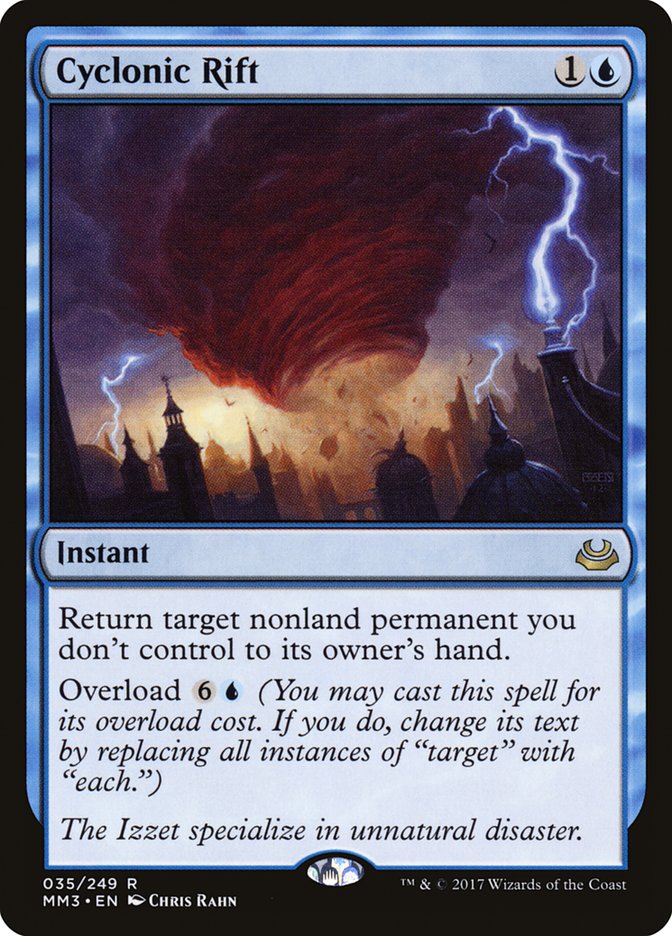MTG Formats | How to Stop Having Fun and Start Playing Magic
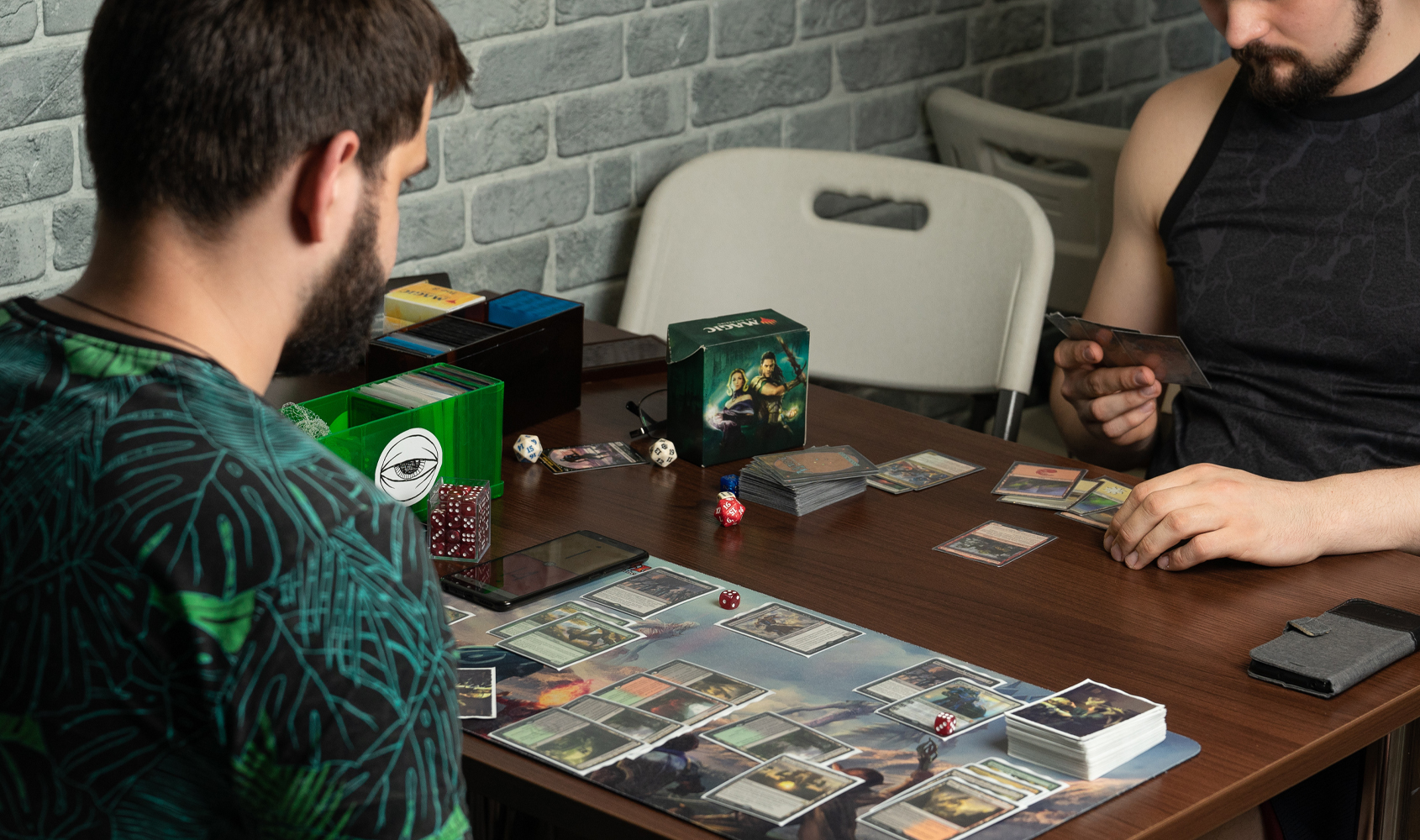
I have a friend that’s new to Magic. He and his friends played around the kitchen table on a Friday night with a few beers, but one of his friends was putting four Sol Rings in every deck and dropping fatties before anyone could do anything.
The only rule they had was a maximum of four of each card apart from basic lands, a rule that applies almost universally across two-player constructed formats.
I said to him, “It’s time to stop having fun and start playing the game properly.” That’s when I introduced him and his friends to Magic’s quagmire of formats. He, like many other new players, including myself when I was new, didn’t realize that Magic is in fact many games that share common rules. People don’t just show up at an LGS and say “Hey, let’s play some Magic,” they say, for example, “let’s play Modern” instead, or they would attend a Standard tournament.
As a veteran player that has witnessed the birth and death of many formats over the game’s history, I had taken for granted how gradual my own learning curve was. For a new player, however, formats are esoteric and Wizards doesn’t provide much guidance on where to start.
So here we are.
Constructed paper formats
These formats are typically played with 60 card decks, with a limit of four copies per card apart from basic lands. The formats are listed roughly in order of power level from weakest to strongest. Each of these formats has a separate ban list that you can find on the official Wizards page.
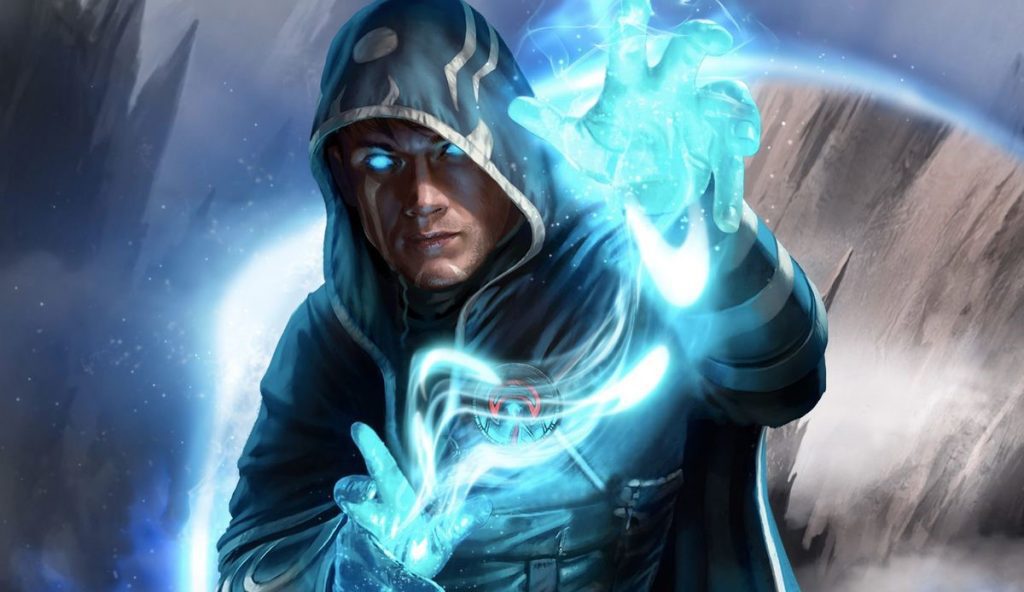
Standard
The lowest power two-player constructed format, Standard has a revolving door of legal sets with one big rotation per year. Standard is constantly expanding and shrinking as new sets are added and rotated out, making it appealing to those who want to play with the new sets. Most of Magic’s sets are designed for Standard but are also legal in other constructed formats.
Standard was the only constructed format I played for years until I grew tired of having to keep up with its fast rotation. At a glance, it’s a cheap format but really it isn’t as you have to keep buying new cards constantly to stay on top of it. It almost has a subscription model compared to other formats.
From personal experience, most older players that play higher power formats don’t play Standard. It seems to be a gateway format these days.
Pioneer
A two-player constructed format with a step up in power from Standard, Pioneer’s metagame is more stable and gives space for many old Standard favorites to stay relevant. With the advent of the new Pioneer challenger decks, this is the format I advise new players to start with, as it’s popular, relatively cheap, and doesn’t have a rotation.
When the format was conceived it had fetch lands banned from day zero to prevent it from becoming mini Modern. Pioneer’s metagame is healthy, fun, and diverse, with good opportunities for brewing on a budget. If you had a pet Standard deck that rotated out then there’s a good chance you can upgrade it and play it in Pioneer.
Modern
A huge leap up in power from Pioneer, with a comparatively massive card pool, along with its own special sets, makes Modern my format of choice. However, Modern is also pretty expensive compared to Pioneer; at the time of writing this article, you will need to drop around $1,000 to get most decks. There are some lower-cost decks that are competitive like affinity or mono red burn, but if you want to play with all the chase rares then you’ll need to up the budget.
Fetch Lands are a big part of Modern and open up the format to more color-greedy decks. Modern also has much more support for combo decks than lower power formats. Its metagame has an abyssal depth, and it supports many iconic decks like tron, amulet titan, burn, control, and belcher that only improve as new cards are added.
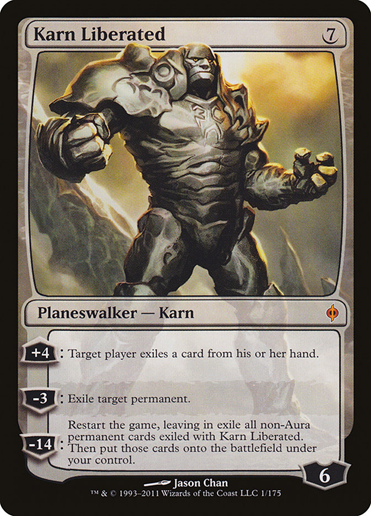
Karn Liberated is a central Planeswalker of certain Modern decks.
Pauper
As the name implies, Pauper is a budget-friendly format where decks can include only commons. Any card is legal in Pauper as long as it has been printed at common rarity at least once. This doesn’t mean that Pauper decks are weak; it’s actually a fairly high power level format considering how strong some of the older commons are.
Pauper decks range from everything from burn to control to combo. It has a diverse, healthy metagame and gives you the opportunity to play with cards that you would never otherwise even consider playing.
If you’re playing with kids, and you don’t want to risk them bending your expensive cards, Pauper is the perfect format to get into. Its affordability also makes it the format of choice in poorer countries.
Pauper is the first of the eternal formats in this article, the others being Legacy, Commander, and Vintage. The eternal formats allow cards from every set in the game all the way back to alpha.
Legacy
If you think the mana bases in Modern are expensive, don’t even think about touching Legacy; Ancient Tomb, City of Traitors, and, of course, the dual lands cycle are baller cards. Don’t bother waiting for reprints either because these cards are on the reserved list and will never be reprinted.
Aside from the cost, Legacy has all but the most powerful cards in Magic history, which should make it more of a diverse deck builder’s paradise than Modern right? Well, you would think so but Legacy’s metagame is actually less diverse than Modern’s due to a small number of incredibly powerful cards. Cards like Force of Will, Daze, Brainstorm, and Ponder, police the format and make it difficult for new brews to emerge.
A glance at MTGGoldfish shows that one deck alone, Delver, accounts for 25% of the metagame. This amount of metagame bias wouldn’t be tolerated in other formats, but since they’re never going to ban format-defining cards like Force of Will, Legacy is often in a rough state.
That’s not to say Legacy isn’t fun; it is fun but only if you can afford a deck, and can tolerate a one-sided metagame. This is definitely not a format for beginners.
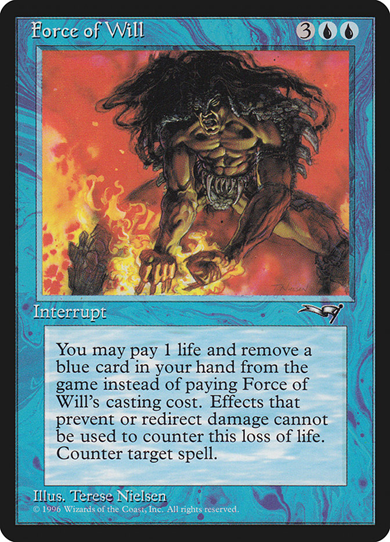
Force of Will is a staple of the Legacy format.
Commander (EDH)
If other Magic formats are chess, Commander is Monopoly.
Magic’s most popular format, Commander, is the game’s flagship multiplayer format. It’s also much more different to the other formats listed in this article, and it’s also more complex, not only because you’ve got two more players to watch but the format has extra rules, as well as a steeper learning curve in general.
The history of Commander
Commander began as a community-made format for players and judges to play in between rounds at tournaments. It was originally called ‘EDH’, which stands for Elder Dragon Highlander because at the time you could only play the elder dragons as commanders, and the ‘Highlander’ part refers to the movie where ‘there can only be one’, as it’s a singleton format.
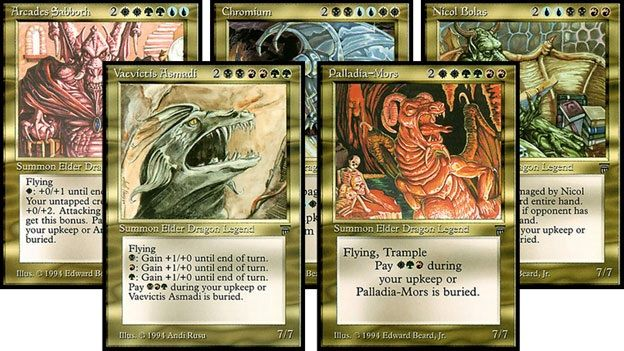
Over time Commander exploded in popularity, surpassing all other Magic formats. Its combination of being multiplayer-focused, casual, and a brewer’s paradise gives it so much appeal that a large portion of Magic players only play Commander. If you want to rock up at your LGS and find a game as quickly as possible, it’s hard to go wrong with Commander. Every Magic player that wants to always be ready to play should have a Commander deck.
The rules of Commander
The ideal Commander game is four-player, but it’s ok with five or three. Two-player commander is fine but it’s usually less fun than playing one of the dedicated one-on-one formats.
About the extra rules, you’ve got to worry about commander tax, commander damage, and color identity on top of the usual game rules. Oh yeah, and you can take a free mulligan before you have to put cards on the bottom of the library.
Color identity
Color identity is a big enough pain to understand alone without all the other rules that follow below. Basically, your deck may only contain cards within your commander’s color identity, i.e. the mana symbols printed on the card. Cards like Sword of Light and Shadow have no color identity because they have color words and not mana symbols.
Any deck may have colorless cards.
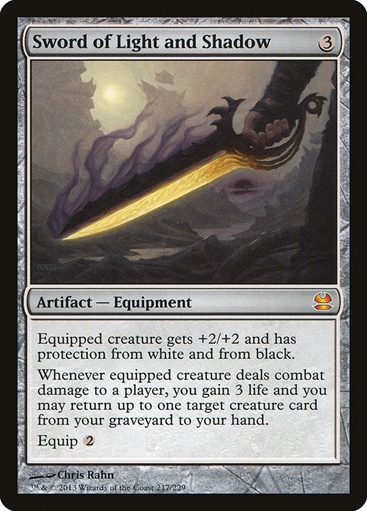
Colorless cards like swords and other artifacts can be used in any commander deck.
The command zone
Your commander starts the game in the command zone, a special zone unique to Commander. You may cast your commander from the command zone as if it’s in your hand. When your commander is put into a graveyard, exiled, returned to your hand, or put into your library, you may opt to put them in the command zone instead.
This article is sponsored by Custom Stickers, get your own high-quality bumper stickers at a great price.
Commander tax
Every time you return your commander to the command zone, it costs 2 colorless mana to recast, stacking an unlimited number of times. This is to ensure that casting your commander carries enough risk that you don’t just do it repeatedly on autopilot every time it dies. Make sure you cast your commander wisely.
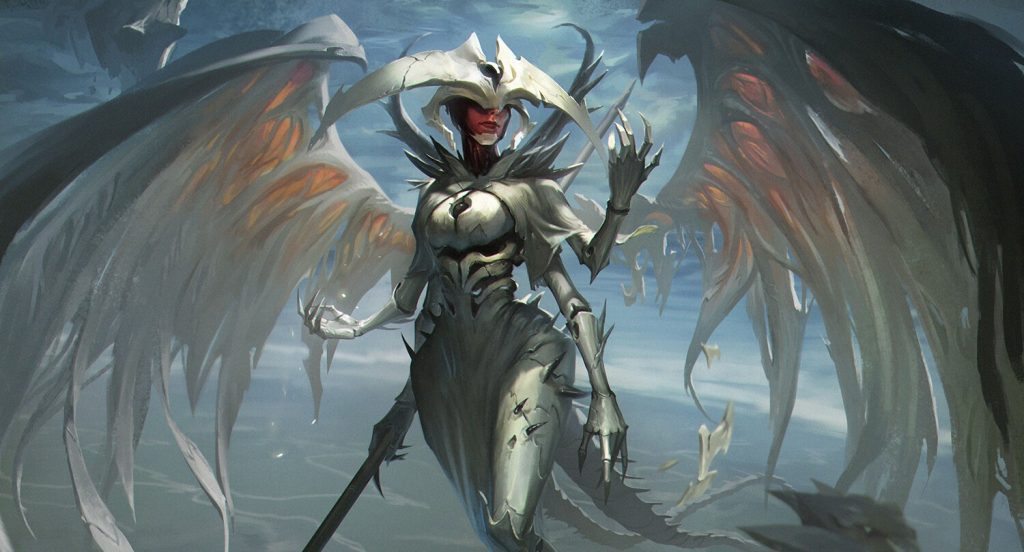
Commander damage
Every time your commander deals combat damage to an opponent, it damages their life total like normal but they must also record your commander’s damage separately. A bit like poison counters, once a player has suffered 21 damage from a single commander, they die. Note the keyword in the first sentence is ‘combat’ damage, so that doesn’t count damage from activated or triggered abilities. Partners are recorded separately.
Why 21? Because the original elder dragons all have 7 power so they would kill in exactly 3 hits.
Like poison, commander damage keeps lifegain strategies in check.
The politics of Commander
Politics are an integral, yet unwritten part of Commander. If you blow up someone’s Sol Ring, expect to get punched. If you drop a Sol Ring and Mana Crypt into a Hedron Archive on turn 1, expect to become the archenemy. Commander has more choices than other Magic formats and players will quickly hold grudges against others, as well as form alliances. There are no rules about alliances in the game so think wisely about your reputation before you break a verbal contract.
The philosophy of Commander
Now you know how to play Commander, I urge you to at least read this once. It’s written by the rules committee and explains how they intend Commander to be experienced. The gist of it is, that it’s meant to be fun for everyone.
When you sit down in a Commander pod, it’s a good idea to discuss what power level you intend to play, usually out of ten or ‘low’, ‘mid’, ‘high’, or ‘cEDH’ (competitive). If your deck has infinite combos or can win out of nowhere with Thassas’s Oracle, or you play any salt-inducing cards or strategies like Stax or land destruction, be a good sportsman and tell your pod.
This is why it’s smart to bring decks of varying power levels. You don’t want to be the neckbeard that pubstomps precon pods with a $7,000 cEDH deck (or maybe you do but you’ll quickly find yourself with no one to play with),
Vintage
The granddaddy of the formats, Vintage is a rich person’s game and very rare to see people play in paper. With paper deck prices reaching $100,000 it’s not surprising that most players don’t play Vintage apart from on Magic Online.
Everyone’s heard of Black Lotus, and Vintage is the only format that allows you to play this legendary card, although it’s restricted, meaning you can only play a single copy of it in your deck. The same goes for the other power nine cards: Black Lotus, Ancestral Recall, Time Walk, Time Twister, and the Moxes.
If you’re new to the game, Vintage definitely isn’t the place to start; it’s the endgame format that only a tiny percentage of veteran players would even consider playing.
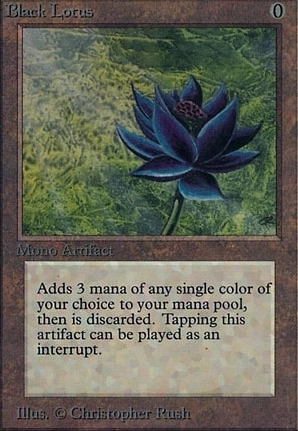
Limited paper formats
Limited formats involve a limited card pool that you must construct a deck from on the spot.
Sealed
Sealed involves opening a set of boosters, building a deck from the cards, and playing other opponents.
Draft
Drafting involves passing cards around a table, with each player picking one or two for their deck before passing on their cards. Drafting is arguably the most challenging format because the draft itself usually has more strategy and depth than the actual game itself.
Arena formats
Magic Arena is a great place for beginners to start, plus it has its own exclusive formats you won’t find anywhere else.
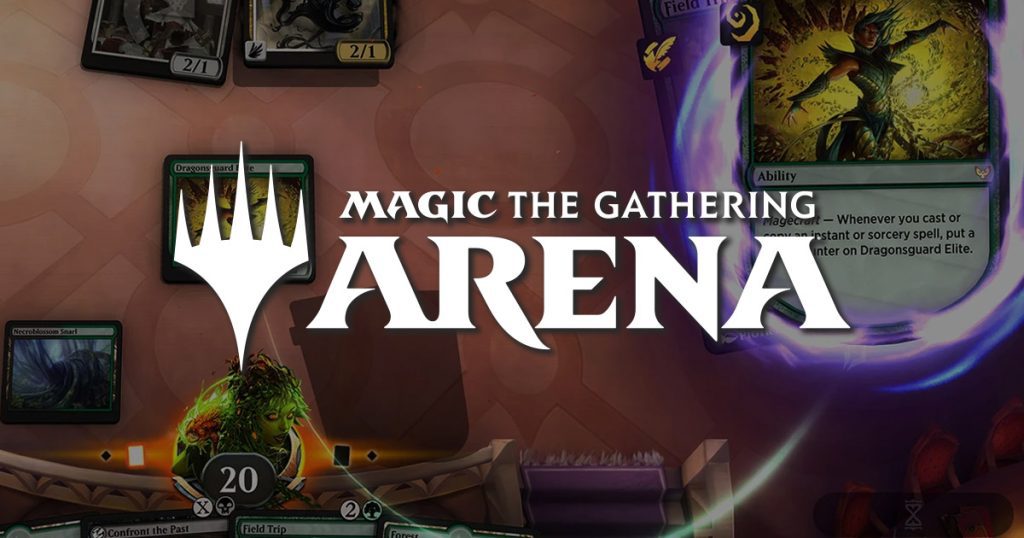
Explorer
Baby Pioneer, or Explorer, as it’s officially known, is a temporary format that will eventually be replaced with Pioneer once the full card pool is added to the game.
Alchemy
Alchemy is standard but with Alchemy cards, special cards that are exclusive to Magic Arena.
Historic
Historic is Arena’s most expansive format, with a smorgasbord of sets as well as Alchemy.
Final thoughts
Well, that’s not every format in Magic history but it covers all of the ones you’re most likely to come across. Until my newbie friend showed interest in learning the formats, it never occurred to me what a steep learning curve it is or how much knowledge and experience is required to truly understand them.
If you or a friend is playing kitchen table Magic then this is the article to point them to once they’re ready to stop having fun and start playing real Magic.
Ron
Share this Post
Recent Posts
- MTG’s Olivia, Opulent Outlaw Sees Massive Price Spike Amid Assassin’s Creed Release
- Wizards Has Announced a New Charity Secret Lair for the Late Sheldon Menery
- What size are Magic: the Gathering Cards?
- Does Snoop Dogg Play Magic: the Gathering?
- Wizards of the Coast Offers Up to $145k for Creative Text Designer for MTG Cards
Product Categories
ProxyMtG@protonmail.com

